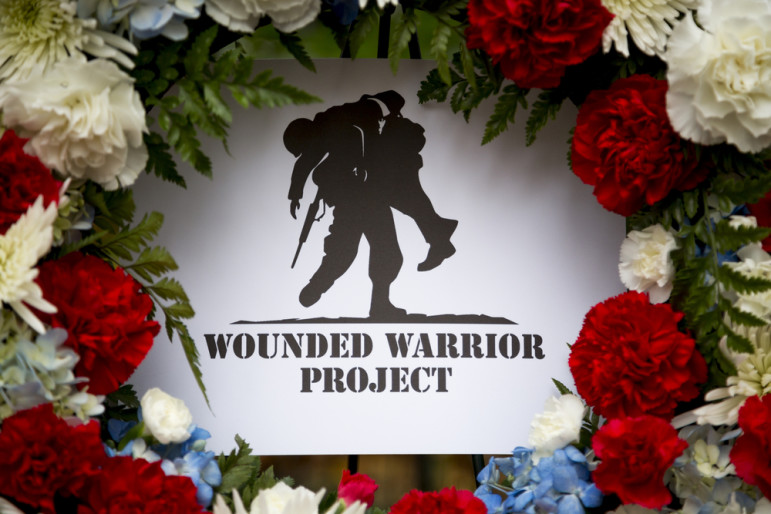
February 2, 2016; WJXT-TV (Jacksonville, FL)
The culture of an organization is revealed through any number of things, including its rituals and artifacts. This means that for the Wounded Warrior Project, there is a vivid trail available for any enterprising reporter, despite the fact that the organization is not making Steve Nardizzi, its president, available for interviews.
The latest crumb was found by Linnsey Gardner, investigative reporter for WJXT-TV, who was tipped off by a staffer to the existence of the organization’s staff yearbooks—which, she reports, were produced at a cost of approximately $20,000 annually, though that has not been confirmed by the organization. The yearbooks, meant for staff and about the staff, record the life of an organization in a kind of team-building frenzy.
Apparently, WWP does have a set of values, which are stated in the yearbooks as Fun, Integrity, Loyalty, Innovation, and Service. We might give the organization the benefit of the doubt for placing service dead last, but in the 2014 book, there were 54 pages used to record “fun” and 32 to record “service.” Space was devoted to activities ranging from “Talk Like a Pirate” Day to indoor skydiving.
As we said, Nardizzi, who has been variously photographed entering a hotel room dressed in a green toga on horseback and rappelling down the side of a building into an annual meeting of the organization, is evidently suffering a sudden bout of shyness when faced with an audience that is less than captive and not at all captivated by his spending choices. He has been referring all media questions to his “spokesperson,” but it was reported yesterday that the organization has hired the Abernathy MacGregor Group as PR counsel. Abernathy MacGregor specializes in crisis management, among a few other things, and here, straight from the company’s website, is what we might look forward to in terms of future communications:
Messaging
Good crisis messages are short. They’re simple. They’re repetitive. They go directly to the audience’s most immediate needs. Under urgent and distracting conditions, that’s what people involved in crises are able to hear and remember. That’s what we create. We prepare the in-depth analyses and position papers as well, but withhold them until the need is clear and the audience is ready.
Sign up for our free newsletters
Subscribe to NPQ's newsletters to have our top stories delivered directly to your inbox.
By signing up, you agree to our privacy policy and terms of use, and to receive messages from NPQ and our partners.
Thus, this board statement is what we might expect to hear more of instead of any straightforward answers:
For more than a decade, the Wounded Warrior Project (“WWP”) has operated with the sole purpose of honoring and empowering the courageous men and women who have been injured in service of our country. As a Board, we volunteer our time in support of this mission because we profoundly believe in its lasting, positive impact on the 83,000 wounded warriors and over 15,000 family members that the organization serves. We want to thank the Wounded Warrior Project’s donors, sponsors, employees and partners whose extraordinary generosity makes this possible.
The Board takes very seriously the concerns that have been raised in recent days and is in the process of retaining independent advisors to conduct a thorough financial and policy review of the concerns. We remain steadfast in our commitment to our warriors and supporters and will ensure that the organization is effectively fulfilling this important mission.
Of course this does not mean that the board won’t take action in, for instance, asking for Nardizzi’s resignation but the PR firm may have to do a “reputational risk assessment” first. An article by James Abernathy on the site provides a further insight into the strategies we might see WWP take:
Victims are the most important audience. Media, lawyers and investors used to be the target audiences. Now, it’s real people whose jobs and health and homes and savings are threatened by crises. When their issues are addressed these people become your advocates and not fodder for scandal-seeking reporters or plaintiff’s attorneys.
The rest of the article pretty clearly advises that it is best to keep quiet and wait the crisis out. The problem is that when you have left all these artifacts in plain sight and when your excesses have already been covered by the New York Times and CBS, the time may be past for that strategy.—Ruth McCambridge











